In 1983, the French chemist Jean-Pierre Sauvage and his collaborators constructed the first catenane: two interlocking rings, but with the peculiarity that the rings are two molecules linked not by chemical bonds, but by their physical structure, like links in a chain. Catenanes were the first step towards the construction of nanomachines. The concept is inspired by nature: muscle fibres or the flagella and cilia of bacteria are molecular motors with moving parts that work when supplied with energy.
The development of nanomachines is a growing field. In 2016, Sauvage and two other researchers were awarded the Nobel Prize in Chemistry “for the design and synthesis of molecular machines”, which are “the world’s smallest machines”, as the press release summarises. According to the Nobel Foundation, today “the molecular motor is at the same stage as the electric motor was in the 1830s.” But it promises immense applications, from biomedicine and smart materials to energy and the environment. Here are some of the key milestones in the science of nanomachines.
Natural nanomachines
The science that is currently developing nanomachines powered by nanomotors is based on the discovery of such systems in nature. In 1973, it was discovered that the flagella that drive the movement of many micro-organisms are propelled by a rotary motor. Eukaryotic cells possess motor proteins that literally walk on the filaments of the cytoskeleton, the cellular skeleton. Some, such as kinesins, are responsible for the transport of cargoes of substances in the cell. Others, such as myosin, are responsible for muscle contraction. Other cellular systems involved in, for example, DNA and RNA processing also comprise molecular motors and have inspired nanomachine science.

The first molecular chain
The first requirement of a mechanical machine is that its parts should be able to move together. This is what Jean-Pierre Sauvage and his team achieved in 1983 when they synthesised catenanes, two circular molecules intertwined without any chemical bond between them, only a topological bond with a physical configuration. Instead of relying on a chemical reaction that randomly intertwined the rings, as had been done before, Sauvage used a mechanism similar to that of an enzyme that controls the topology of the DNA double helix. Sauvage’s catenane was not yet a machine, but it established the method to be followed.
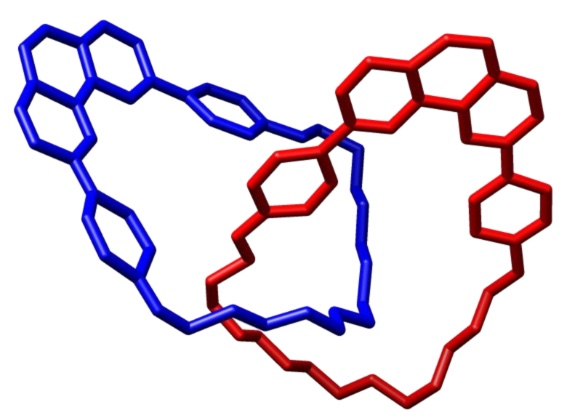
A ring with an axle
Using a method similar to Sauvage’s, the Scottish chemist Fraser Stoddart and his collaborators created a rotaxane in 1991. This is a dumbbell-shaped molecule with another circular molecule threaded onto its axle. The latter can spin freely like a wheel and also move along the axle, and the ends of the axle—the weights—act as stoppers to prevent it from slipping off. Stoddart’s rotaxane can be considered the first molecular machine, as it was later possible to control the movement of the ring along the axle: a “molecular shuttle”. In 2016, Stoddart shared the Nobel Prize in Chemistry with Sauvage.
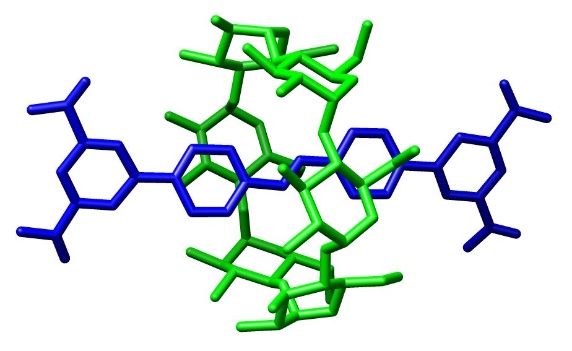
The first nano-rotors
In 1999, two groups led by Ross Kelly and Ben Feringa, respectively, built molecular rotors. Published in the same issue of Nature, both had blades that moved in one direction only; Kelly’s moved 120° once, powered by chemical energy, and Feringa’s moved 360° continuously, powered by light. Feringa shared the 2016 Nobel Prize in Chemistry with Sauvage and Stoddart.
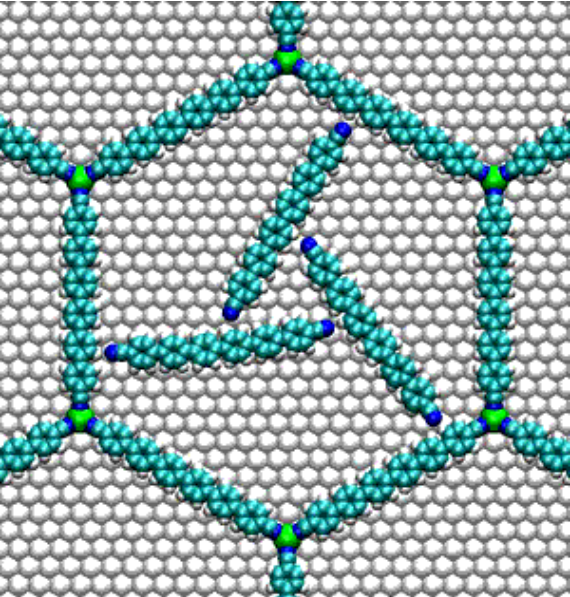
The smallest engines
To create nanomachines that can move, motors need to be built at the nanometre scale. In 2011, researchers at Tufts University (USA) produced what was then the smallest electric motor, measuring just one nanometre. It consists of a single molecule of butyl methyl sulphide on a copper surface, which can be made to rotate using electrons. A decade later, scientists at the Swiss Federal Laboratory for Materials Science and Technology reduced this 18-atom motor to just 16 atoms. It has an acetylene rotor (4 atoms), and its operation crosses the boundary between classical and quantum physics. Even more surprising is the single-atom heat engine created at the University of Mainz (Germany); its core is a calcium ion which, according to its authors, works like a combustion engine—expanding and cooling, contracting and heating up, and converting temperature changes into mechanical energy.
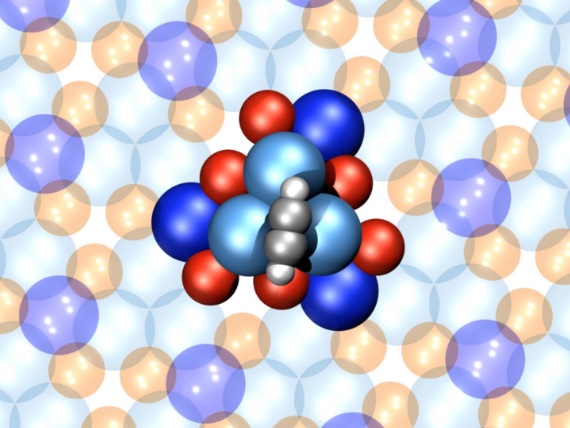
Nanocar races
In 1998, a team led by James Gimzewski and CNRS investigator Christian Joachim invented the nanowheel, a three-bladed propeller-shaped rotor that could be controlled to rotate in either direction. Then came the nanocar: in 2017, the first international molecular car race was held in Toulouse (France), with six teams from France, Switzerland, Germany, Austria-USA, Japan and the USA taking part. The “cars” had chassis, axles and wheels, all constructed from around 100 atoms, and raced on a gold track in a vacuum at -269 °C, under the observation of several scanning tunnelling microscopes. The winner was the Swiss Nano Dragster from the University of Basel, covering a distance of 133 nanometres. The second edition was held in 2022.
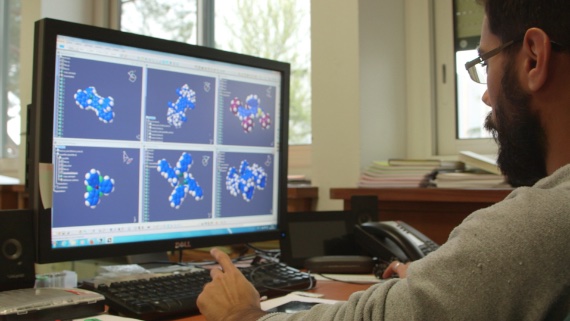
Nanosubmarines
Nanosubmarines are one of the boldest bets on the future of biomedicine: nanomachines that travel through the bloodstream to reach places in the body where they can deliver drugs or destroy cancer cells, among other things. One system, developed by Tel Aviv University in Israel, uses biological nanoparticles that carry RNA capable of reprogramming or killing diseased cells. Another nanosubmarine from Rice University (USA) is made up of 24 atoms and carries a motor powered by ultraviolet light that spins at more than a million revolutions per minute, reaching a speed of almost an inch per second. A nanomotor from the Eindhoven University of Technology in the Netherlands can deliver a payload, such as a drug, across the cell membrane.
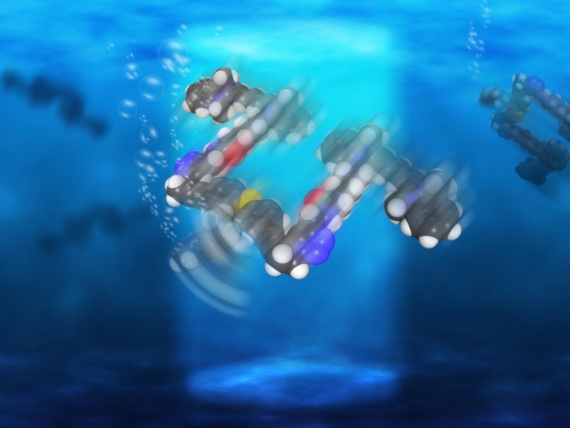
Nanorockets
If there are nanocars and nanosubmarines, why not nanorockets? They are in fact also submarines, since they travel through liquids, but in this case, they use the principle of rockets, consuming a fuel to propel themselves by jet propulsion. Some of these devices use carbon nanotubes as their fuselage—although their final size is more “micro” than “nano”—and hydrogen peroxide is a common fuel. Hydrogen bubbles released by a catalyst can propel the vehicle at 100 times its length per second. Nanorocket vehicles are also envisaged as drug transporters in the body.
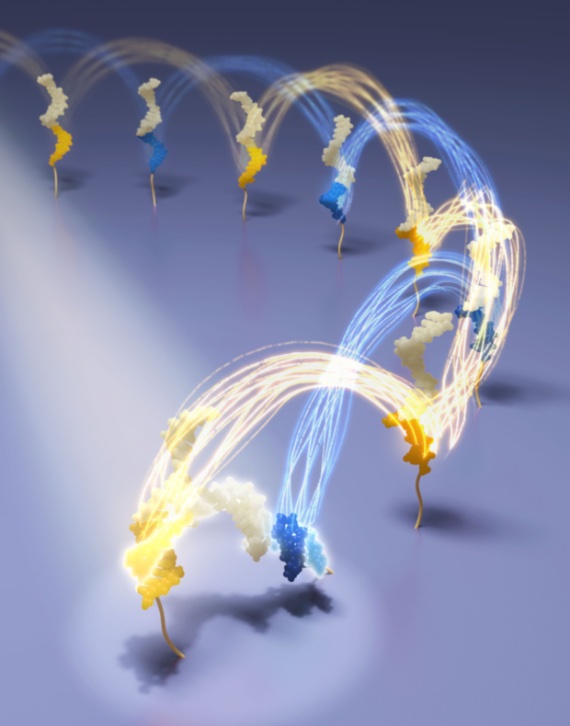
DNA nanomachines
DNA’s versatility makes it an ideal material for manufacturing nanomachines: it forms long chains and binds to complementary sequences, and these properties can be used to make nubots, or nanobots of nucleic acids. This technology has been used to make nano-tweezers that can grasp molecules, or walkers that travel along tracks of DNA. A system created by a team from several US universities consists of a DNA acrobat that somersaults forward, increasing the speed of the walkers by 10 to 100 times.
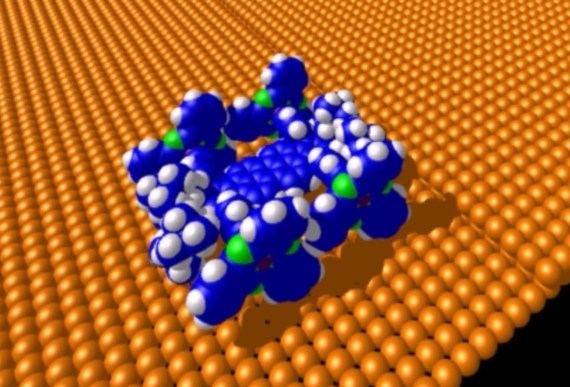
Comments on this publication